Crude Oil: Opportunities & Value Traps
First, please read the Disclaimer.
On the weekend we wrote that the bottom had fallen out of the oil market after Nymex crude broke support at $20 per barrel.
Now, the previously unimaginable has occurred, with Nymex Light Crude falling below zero for the first time in history, closing at -$13.10 per barrel with reports of intra-day lows at -$37.63.
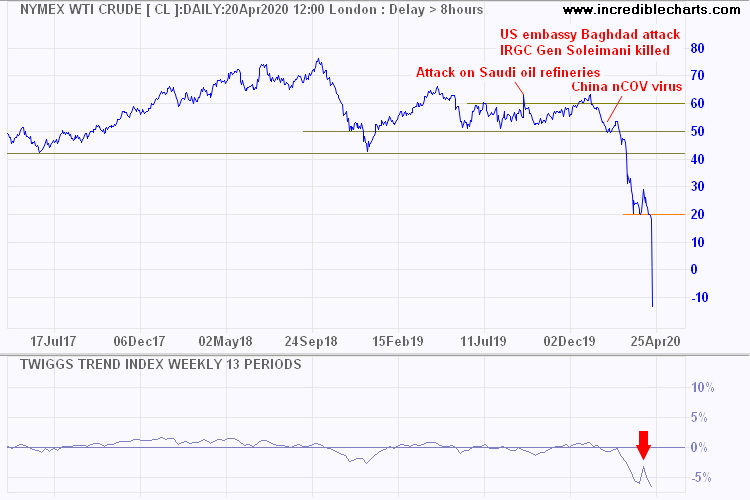
From The Age:
"Traders are still paying $US20.43 for a barrel of US oil to be delivered in June, which analysts consider to be closer to the "true" price of oil. Crude to be delivered next month, meanwhile, is running up against a stark problem: traders are running out of places to keep it, with storage tanks close to full amid a collapse in demand as factories, automobiles and airplanes sit idled around the world.
Tanks at a key energy hub in Oklahoma could hit their limits within three weeks, according to Chris Midgley, head of analytics at S&P Global Platts. Because of that, traders are willing to pay others to take that oil for delivery in May off their hands, so long as they also take the burden of figuring out where to keep it."
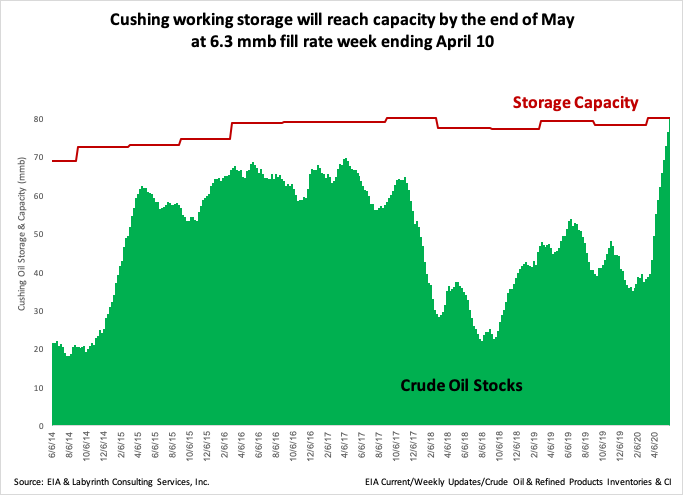
Brent Crude is trading at $25.57 per barrel but a Trend Index peak deep below zero warns of similar strong selling pressure.
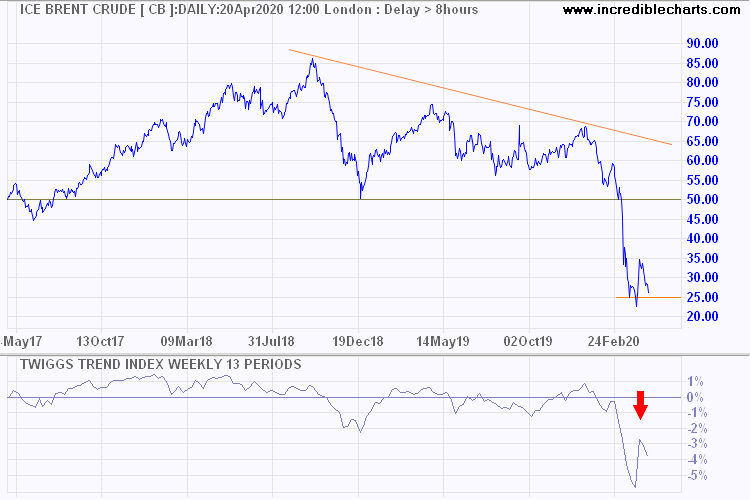
Outlook
Crude oil production is still in a long-term up-trend. Low prices may present opportunities to buy cyclical stocks at historically low prices.
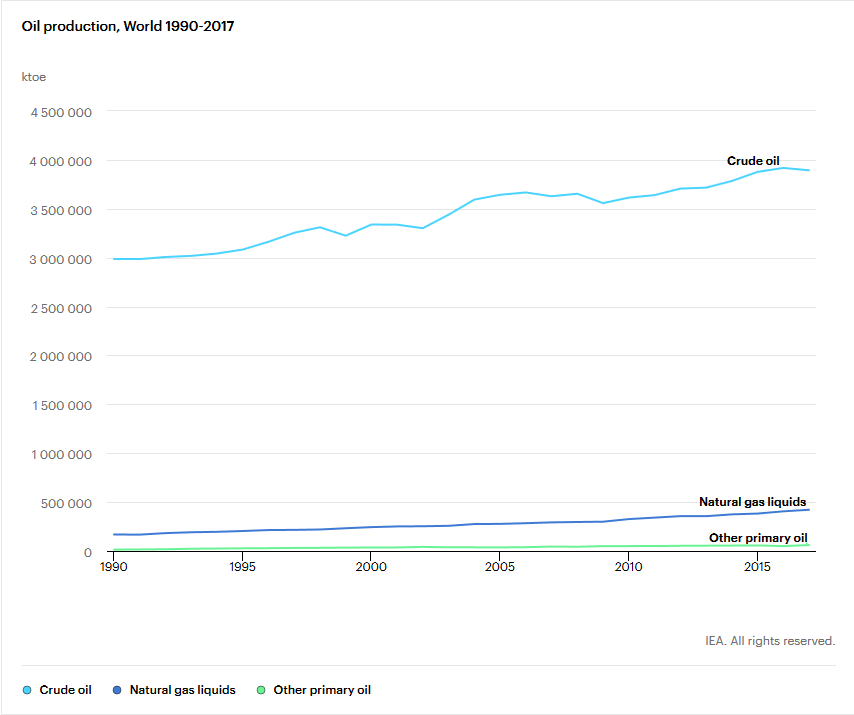
The Oil & Gas sector has plunged as expected.
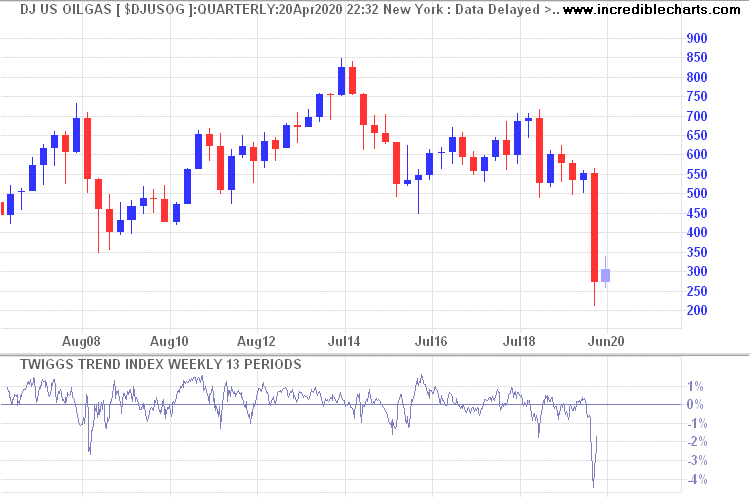
Oil infrastructure is also suffering from low activity levels.
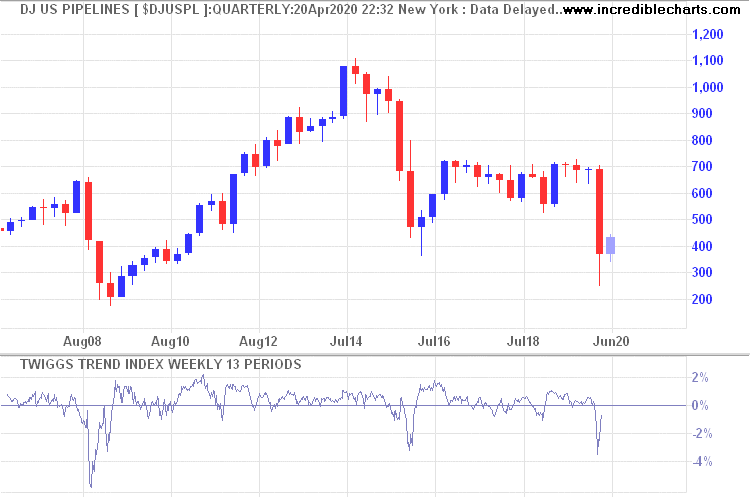
Energy-consuming industries, however, may benefit from lower oil prices.
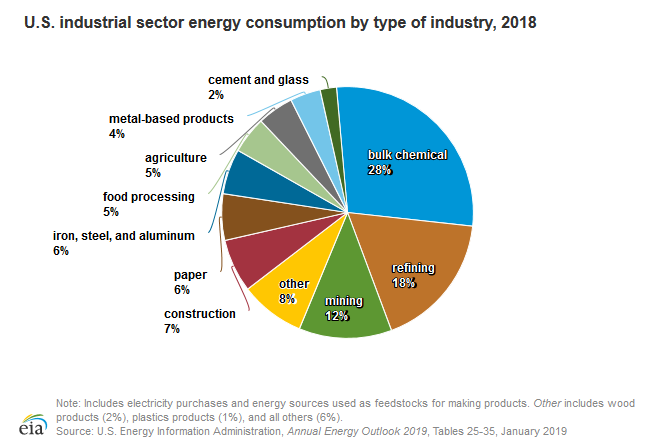
Transport
Transport is the biggest consumer of crude oil products.
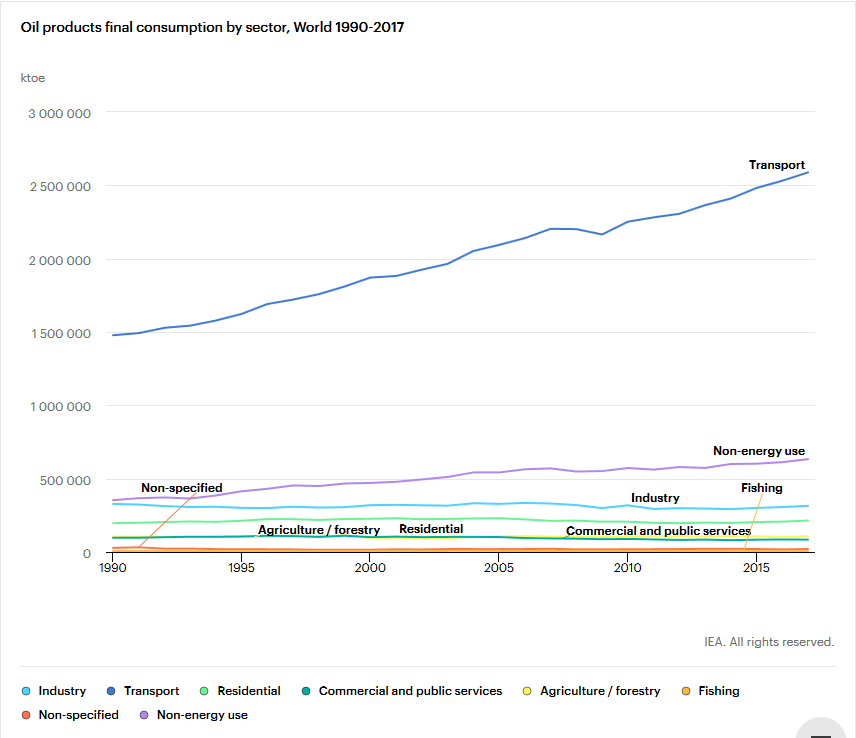
If we break usage down by fuel types, the largest is diesel/gas, followed closely by motor gasoline, with jet kerosene significantly smaller.
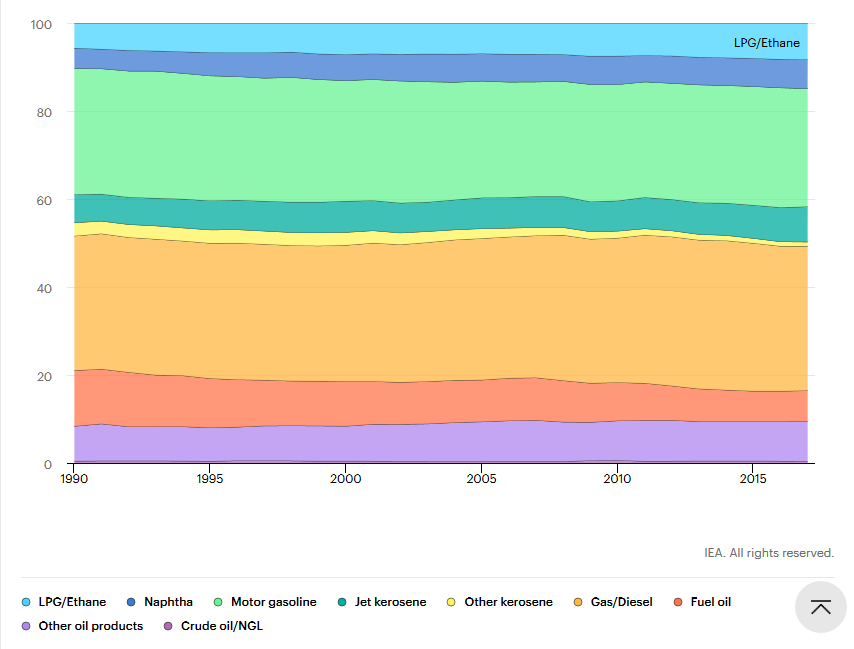
Airlines which have suffered from a massive drop in air travel.
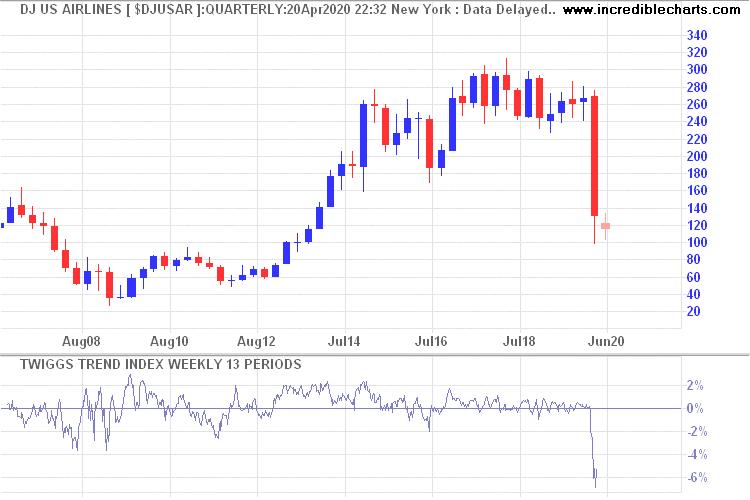
While delivery services (formerly air freight) are suffering from the collapse of global trade.
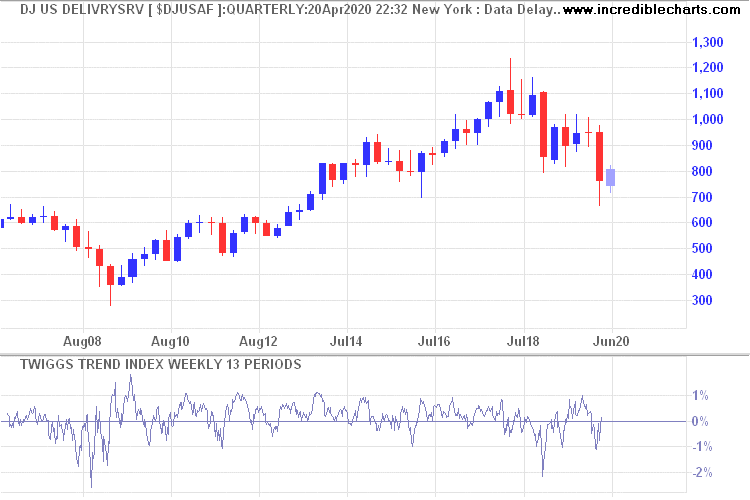
So is marine transport.
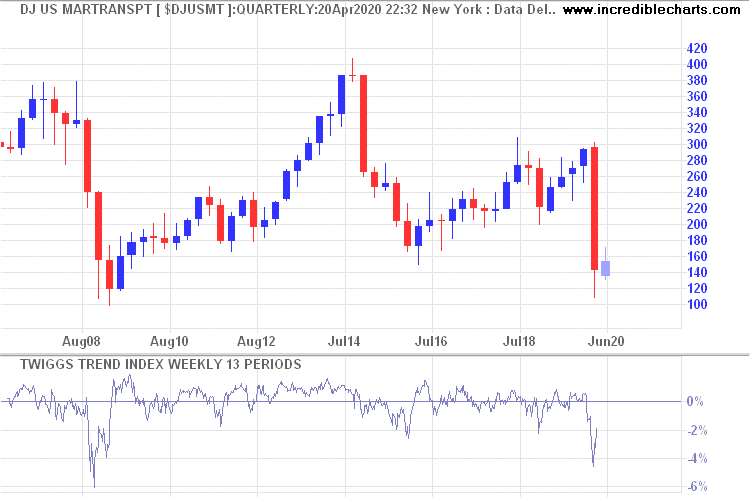
But trucking is holding up well.
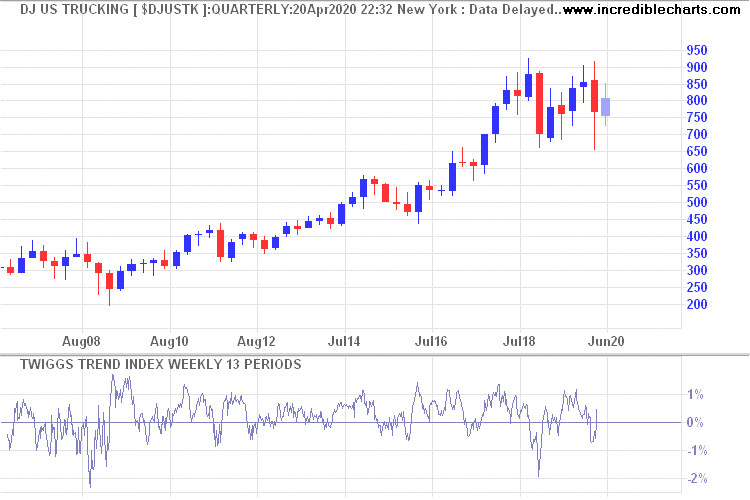
Construction Materials
Crude oil runs a distant second to coal as the chief energy source for cement production.
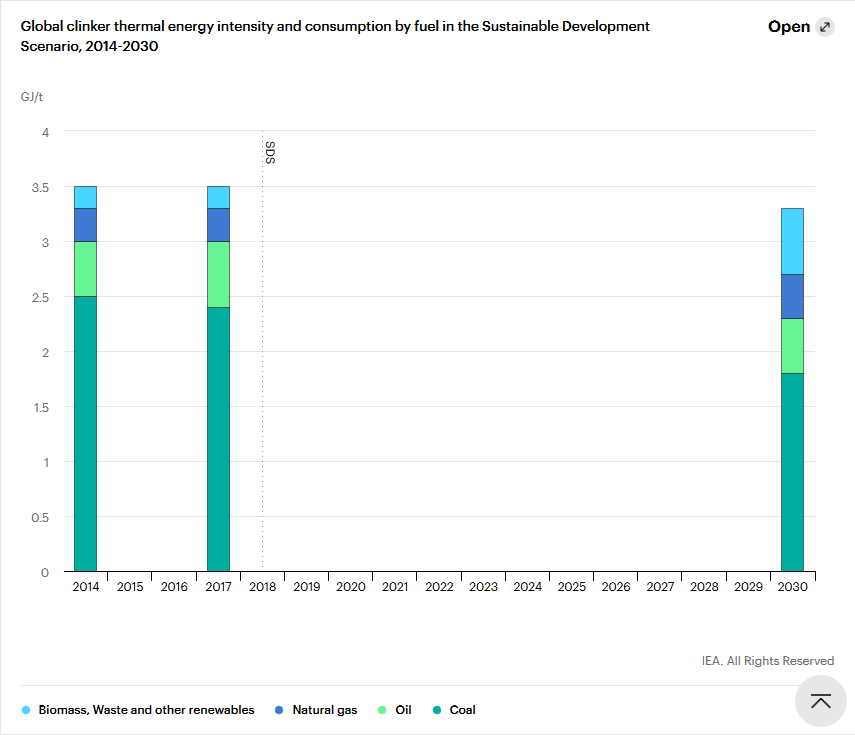
But the industry is a heavy transport user and should benefit from lower oil prices.
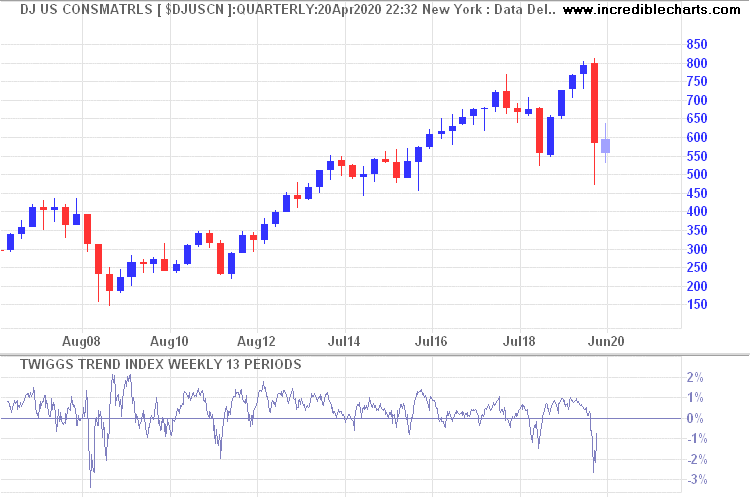
Mining
Mining is also likely to benefit from lower extraction and transport costs.
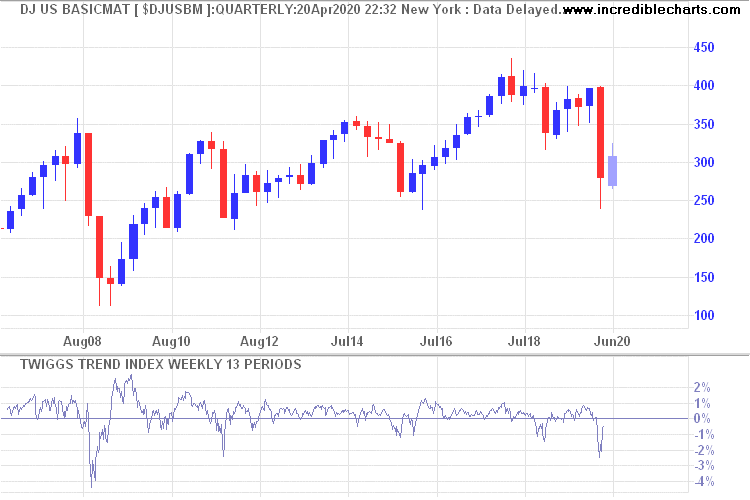
Forestry & Paper
Forestry is another heavy fuel user.
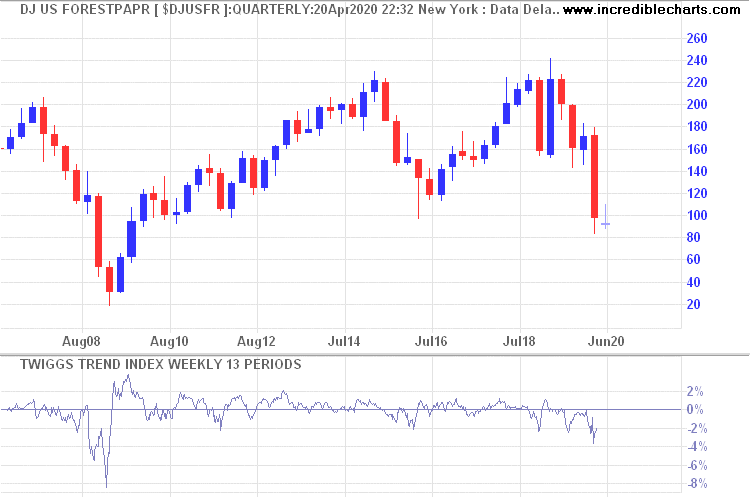
Chemicals & Plastics
Basic chemicals (including fertilizers) are the largest industrial consumer of crude oil.
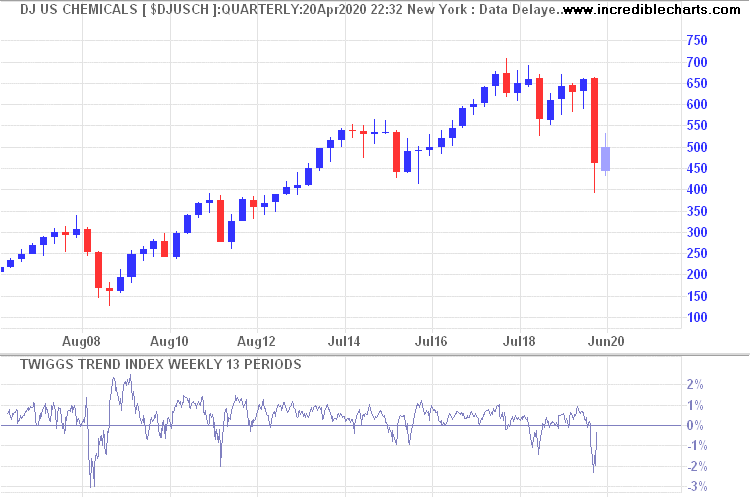
Specialty chemicals are also largely oil-based.
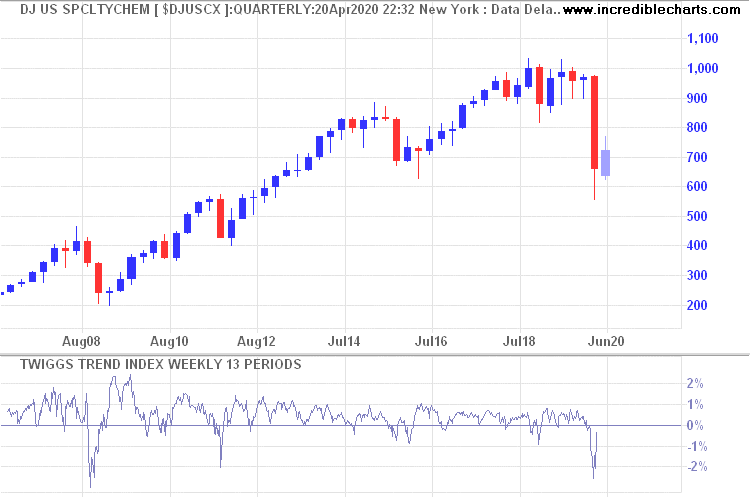
Aerospace & Automobiles
Aerospace, laid low by problems at Boeing (BA), has been floored by a massive downturn in the airline industry and will take a long time to recover.
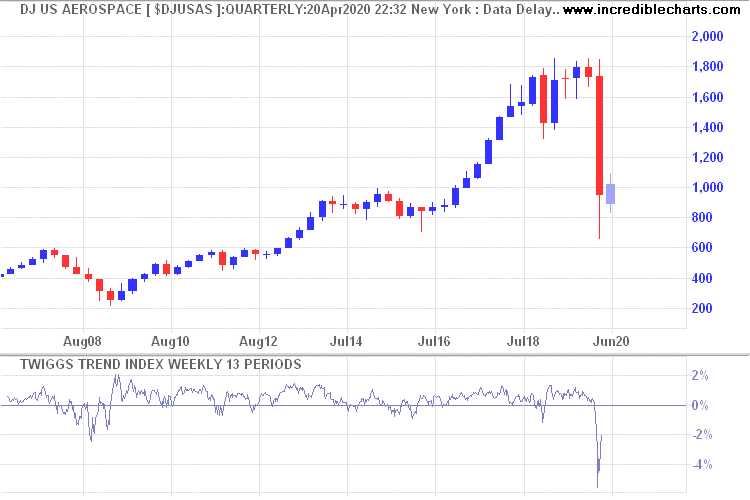
Automobiles have so far stood up well because of stellar performance from the likes of Tesla (TSLA).
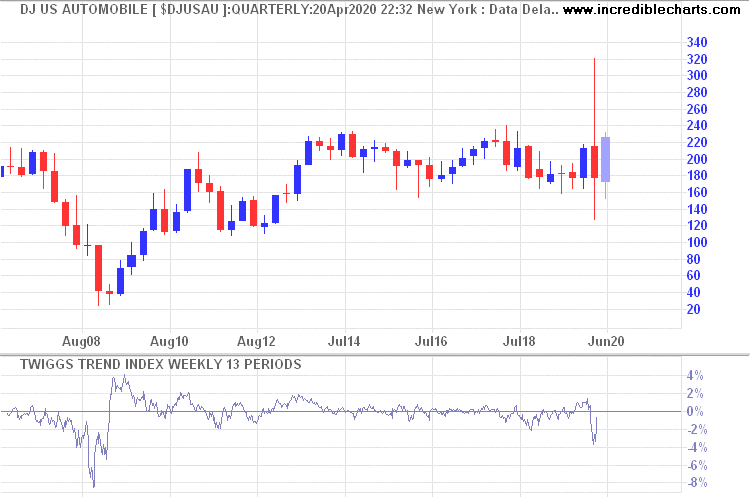
But the sting is in the tail. Light vehicle sales have plummeted.
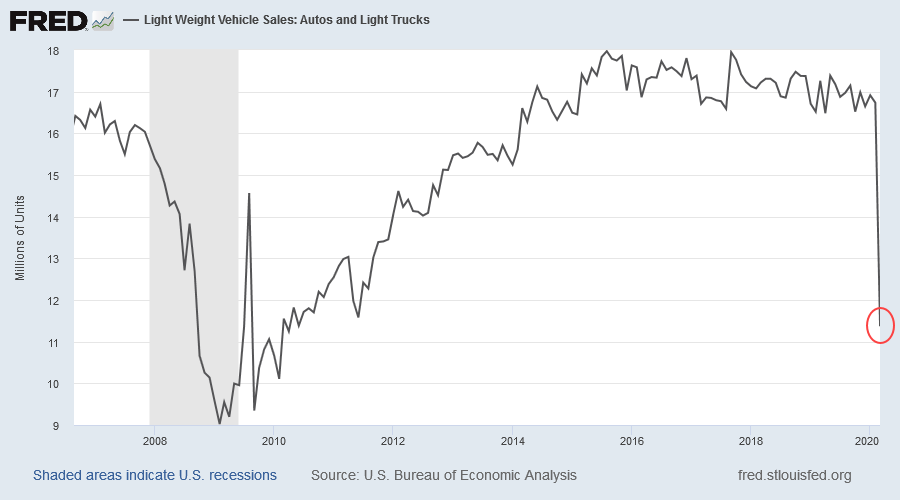
Low vehicle sales and less travel also means lower tire sales.
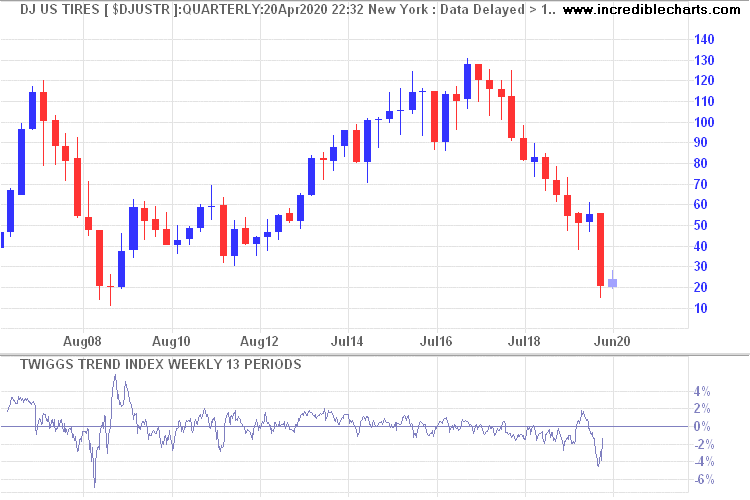
Oil Producers in Affected Regions
The IEA graph below shows producing regions that are uneconomic at varying prices/barrel (x-axis). If we take $25/barrel as the average over the next two years, North American producers would suffer the most, followed by Asia-Pacific and Latin America.
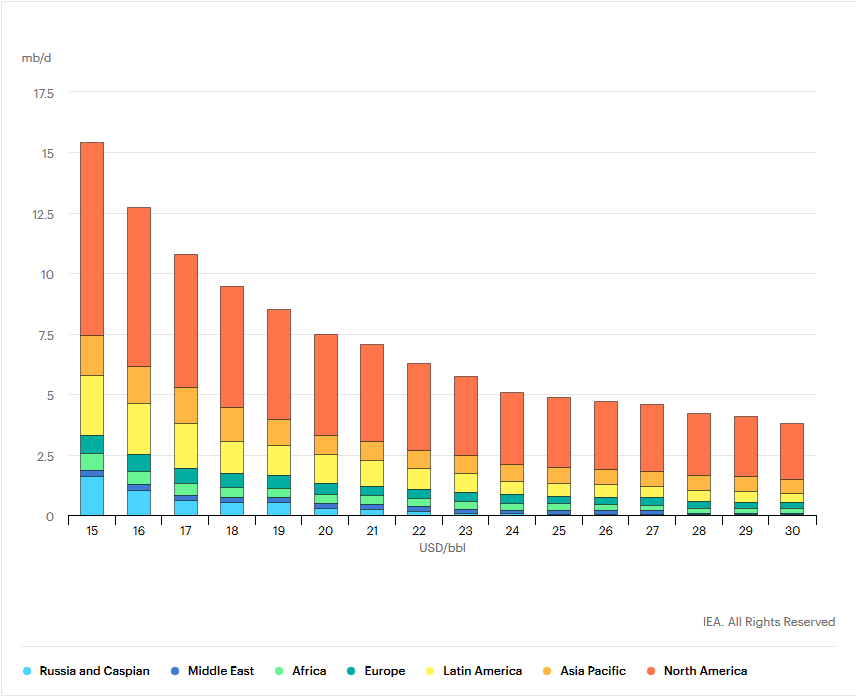
Middle-Eastern producers enjoy the lowest extraction costs and are mostly still profitable at lower prices.
Avoiding Value Traps
Value opportunities abound in industries that are badly affected by the economic contraction and falling crude prices — as well as by those industries that stand to benefit from low oil prices. Some affected industries, however, are going to struggle to survive without state assistance.
The problem with value stocks is that, although they may seem cheap, prices can fall a lot further. That is why we use both technical and fundamental analysis to evaluate opportunities.
There are many stocks that are trading well below our assessment of fair value at present but we will not buy until the technical outlook turns bullish. It takes plenty of patience. But helps to avoid value traps.
The stock market remains an exceptionally efficient mechanism
for the transfer of wealth from the impatient to the patient.~ Warren Buffett
Updates for Market Analysis Subscribers
Please take advantage of our $1 special offer for the first month. Cancel at any time.
Disclaimer
Colin Twiggs is director of The Patient Investor Pty Ltd, an Authorised Representative (no. 1256439) of MoneySherpa Pty Limited which holds Australian Financial Services Licence No. 451289.
Everything contained in this web site, related newsletters, training videos and training courses (collectively referred to as the "Material") has been written for the purpose of teaching analysis, trading and investment techniques. The Material neither purports to be, nor is it intended to be, advice to trade or to invest in any financial instrument, or class of financial instruments, or to use any particular methods of trading or investing.
Advice in the Material is provided for the general information of readers and viewers (collectively referred to as "Readers") and does not have regard to any particular person's investment objectives, financial situation or needs. Accordingly, no Reader should act on the basis of any information in the Material without properly considering its applicability to their financial circumstances. If not properly qualified to do this for themselves, Readers should seek professional advice.
Investing and trading involves risk of loss. Past results are not necessarily indicative of future results.
The decision to invest or trade is for the Reader alone. We expressly disclaim all and any liability to any person, with respect of anything, and of the consequences of anything, done or omitted to be done by any such person in reliance upon the whole or any part of the Material.
Please read the Financial Services Guide.

Author: Colin Twiggs is a former investment banker with almost 40 years of experience in financial markets. He co-founded Incredible Charts and writes the popular Trading Diary and Patient Investor newsletters.
Using a top-down approach, Colin identifies key macro trends in the global economy before evaluating selected opportunities using a combination of fundamental and technical analysis.
Focusing on interest rates and financial market liquidity as primary drivers of the economic cycle, he warned of the 2008/2009 and 2020 bear markets well ahead of actual events.
He founded PVT Capital (AFSL No. 546090) in May 2023, which offers investment strategy and advice to wholesale clients.
